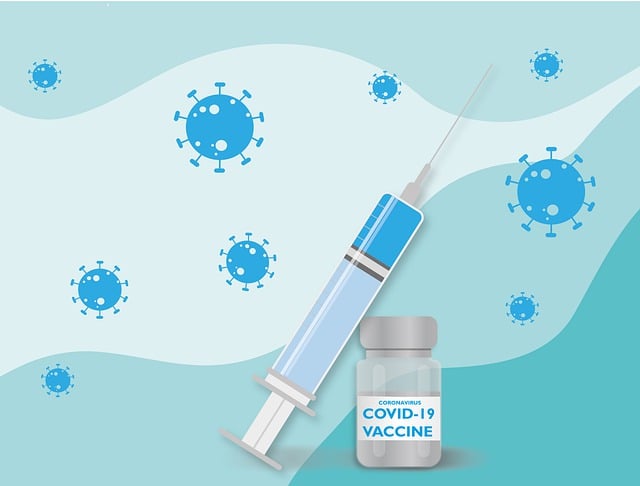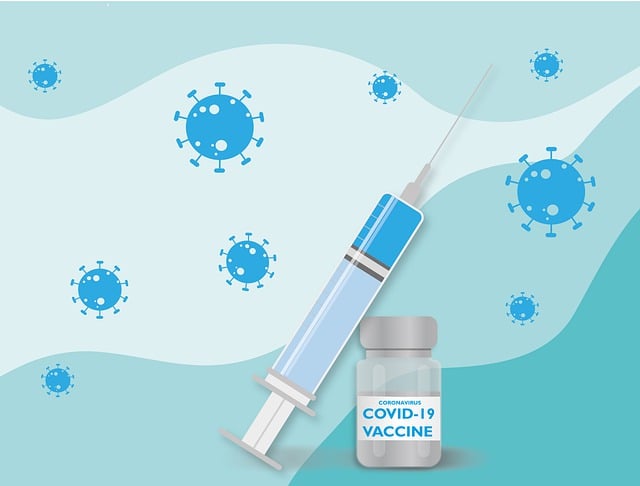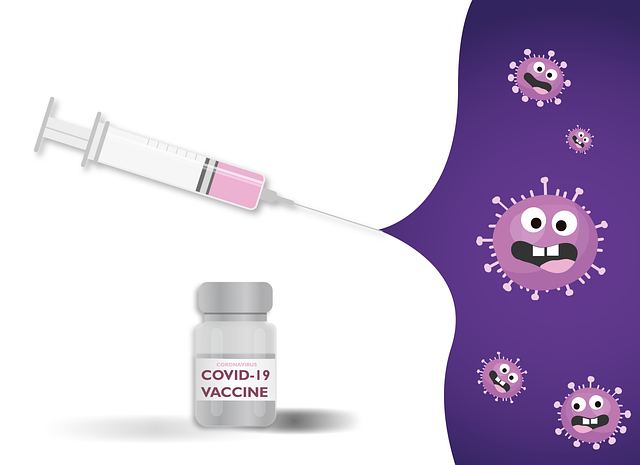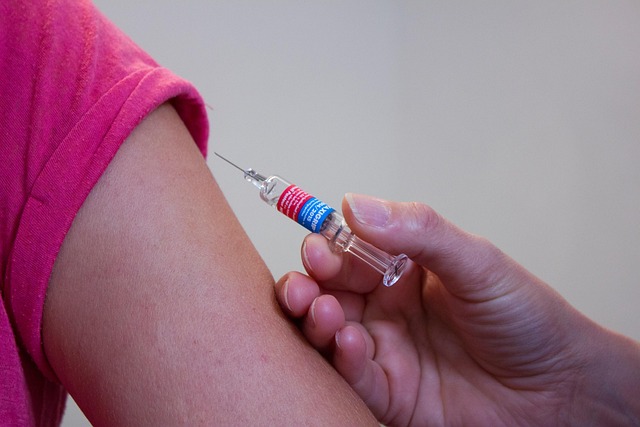Affordable Neural Therapy in Boise ID: Unlocking Your Body’s Potential

Boise ID neural therapy offers a holistic, affordable solution for physical and emotional well-being…….
Boise Id Neural Therapy Matters - Why You Can\\\'t Ignore It
Discover boise-id-neural-therapy.instantupdate.net. - A Simplified Guide
Welcome to an in-depth exploration of Boise ID Neural Therapy, a groundbreaking approach that has garnered significant attention in the medical and technological spheres. This article aims to guide readers through the intricacies of this therapy, its global impact, and the many factors shaping its future trajectory. By delving into these aspects, we hope to provide a comprehensive understanding of why Boise ID Neural Therapy is not just a passing trend but a transformative force with lasting implications.
Boise ID Neural Therapy (BINT) is a specialized medical practice that focuses on neuromodulation—the process of regulating nerve activity to treat various physical and psychological conditions. This therapy involves the strategic use of advanced technologies, such as transcranial magnetic stimulation (TMS), deep brain stimulation (DBS), and more, to modulate neural circuits and promote healing. The core principle behind BINT is to restore balance within the nervous system, addressing the root causes of many health issues rather than merely treating symptoms.
Historically, neuromodulation techniques have been used for decades, primarily in neurosurgical settings for conditions like Parkinson’s disease. However, Boise ID Neural Therapy takes a more versatile and accessible approach, applying these technologies to a broader range of disorders. This includes chronic pain, depression, post-traumatic stress disorder (PTSD), migraine headaches, and even certain neurological disorders.
The ‘Boise’ in BINT references the city of Boise, Idaho, USA, where early pioneers in this field began experimenting with novel neuromodulation techniques. Over time, these innovations evolved into a comprehensive therapy framework that has since spread globally.
Boise ID Neural Therapy has left an indelible mark on healthcare systems worldwide, offering hope to patients struggling with challenging conditions. Its international influence is evident across multiple regions:
North America: The United States and Canada have been at the forefront of BINT adoption, with leading medical centers integrating these therapies into their practices. Major cities like New York, Los Angeles, and Toronto now host specialized clinics offering advanced neuromodulation treatments.
Europe: Countries such as Germany, the UK, and France have embraced BINT, contributing to its evolution through rigorous clinical trials and research. European healthcare systems have incorporated these therapies into their treatment protocols for various neurological and psychiatric disorders.
Asia: The Asia-Pacific region, including Japan, South Korea, and Australia, has witnessed a surge in BINT interest. These countries are investing heavily in medical infrastructure, leading to the establishment of cutting-edge facilities dedicated to neuromodulation research and patient care.
Global Trends: Key trends shaping the future of BINT include:
The economic landscape surrounding Boise ID Neural Therapy is complex, with various factors influencing its market dynamics:
Market Size: According to a 2022 report by ResearchAndMarkets, the global neuromodulation devices market size was valued at USD 5.7 billion in 2021 and is projected to grow at a CAGR of 8.2% from 2022 to 2030. This growth indicates a significant demand for advanced treatment options.
Investment Patterns: Private equity firms and venture capital investors have shown a keen interest in BINT startups, funding research and development, and clinical trials. These investments drive innovation and expedite the translation of scientific discoveries into clinical applications.
Cost-Effectiveness: While initial setup costs for BINT facilities can be high, the long-term cost-effectiveness is evident. Many conditions treated with BINT offer improved quality of life, reduced reliance on pharmaceuticals, and potential savings in healthcare expenses over time.
Healthcare Systems Integration: As governments and healthcare providers recognize the benefits of BINT, integration into existing systems becomes more feasible. This can lead to increased accessibility and reimbursement for patients seeking these therapies.
Technological advancements play a pivotal role in shaping the future of Boise ID Neural Therapy:
Transcranial Magnetic Stimulation (TMS): TMS has emerged as a versatile tool within BINT, offering non-invasive stimulation of specific brain regions. Recent developments include high-definition TMS, which allows for more precise targeting, and rTMS (repetitive TMS) for treating depression and other mood disorders.
Deep Brain Stimulation (DBS): DBS, once considered a complex neurosurgical procedure, has seen improvements in technology and access. Miniaturized implantable devices now enable targeted stimulation of specific neural circuits, offering hope for patients with severe movement disorders and dystonia.
Wearable Neuromodulation Devices: The development of wearable devices, such as brain-computer interfaces (BCIs), holds promise for remote patient monitoring and neuromodulation. These technologies could revolutionize home-based treatment options, making BINT more accessible to a broader population.
Artificial Intelligence (AI) Integration: AI algorithms are being employed to analyze vast amounts of neurological data, aiding in personalized treatment planning and improving outcome prediction. This integration has the potential to enhance the overall effectiveness of BINT.
Boise ID Neural Therapy offers hope and improved quality of life to patients suffering from various conditions:
Chronic Pain: BINT has shown success in managing neuropathic pain, migraine headaches, and chronic regional pain syndrome (CRPS). By modulating neural circuits, these therapies can reduce pain intensity and improve mobility.
Depression and Anxiety: TMS and DBS have demonstrated efficacy in treating major depressive disorder, post-traumatic stress disorder (PTSD), and generalized anxiety disorder (GAD). These non-invasive approaches offer alternatives to medication or invasive procedures.
Neurological Disorders: Conditions like Parkinson’s disease, essential tremor, and dystonia benefit from DBS therapy. BINT can help manage symptoms, improve motor control, and enhance overall functioning.
Addiction Treatment: Neuromodulation techniques are being explored as adjunctive therapies for substance use disorders, showing potential in combination with traditional behavioral treatments.
The scientific community has conducted extensive research to support the safety and efficacy of Boise ID Neural Therapy:
Clinical Trials: Numerous randomized controlled trials (RCTs) have evaluated BINT for various conditions, providing robust evidence for its effectiveness. These trials often involve comparative analyses between BINT and standard care or placebo groups.
Meta-Analyses: Aggregating the results of multiple RCTs through meta-analyses further strengthens the evidence base. A 2021 meta-analysis in the Journal of Neurology, Neurosurgery & Psychiatry concluded that BINT is an effective treatment for major depressive disorder, with modest side effects.
Long-Term Studies: Longitudinal studies tracking patients over extended periods provide valuable insights into the durability of BINT outcomes. These studies ensure that therapeutic benefits are maintained or improved over time.
Patient stories and testimonials highlight the transformative power of Boise ID Neural Therapy:
Chronic Migraine Sufferer: Sarah, a 38-year-old woman, struggled with chronic migraines for years, often leaving her bedridden. After undergoing BINT treatment, she reported a significant reduction in migraine frequency and intensity, allowing her to resume her active lifestyle.
PTSD Recovery: John, a veteran suffering from PTSD, found traditional treatments ineffective. However, BINT combined with cognitive behavioral therapy (CBT) helped him manage his symptoms, improve sleep, and regain control over his life.
Neuropathy Pain Management: Mary, diagnosed with diabetic neuropathy, experienced intense pain in her legs. BINT sessions provided relief, allowing her to engage in activities she had avoided due to pain.
These testimonials underscore the potential of BINT to enhance lives, offering hope and improved functionality to those facing seemingly insurmountable challenges.
Despite its promise, Boise ID Neural Therapy is not without challenges and ethical considerations:
Access and Equity: Ensuring equitable access to BINT remains a concern, as costs and availability may vary across regions and healthcare systems. Efforts are needed to address these disparities and make these therapies more accessible globally.
Regulatory and Insurance Issues: The regulatory landscape for neuromodulation devices varies across countries, impacting market dynamics. Additionally, insurance coverage for BINT treatments can be inconsistent, affecting patient access.
Ethical Use of Technology: As technology advances, ethical considerations arise regarding data privacy, informed consent, and the potential misuse of neuromodulation technologies. Robust guidelines and oversight are essential to ensure responsible practices.
The future of Boise ID Neural Therapy holds immense potential, driven by ongoing research, technological advancements, and expanding clinical applications:
Personalized Medicine: Continued research will refine treatment protocols, enabling personalized approaches based on individual patient needs, genetic profiles, and neuroimaging data.
Neuromodulation for Neurodevelopmental Disorders: BINT is being explored as a potential treatment for conditions like autism spectrum disorder (ASD) and attention-deficit/hyperactivity disorder (ADHD), offering new hope to families affected by these disorders.
Telemedicine and Remote Care: The integration of telemedicine will further enhance accessibility, allowing patients in remote areas or with limited mobility to receive BINT treatments from the comfort of their homes.
Combination Therapies: Future studies may explore synergistic effects when combining BINT with other therapeutic modalities, such as mindfulness-based interventions or physical therapy.
As research and technology continue to evolve, Boise ID Neural Therapy is poised to become an integral part of modern healthcare, offering innovative solutions for a wide range of conditions and improving the lives of countless individuals worldwide.

Boise ID neural therapy offers a holistic, affordable solution for physical and emotional well-being…….

Boise ID Neural Therapy is a holistic approach to health, addressing nervous system imbalances to tr…….

Boise ID Neural Therapy offers a unique, non-invasive approach to scar tissue healing, focusing on t…….

Boise ID Neural Therapy offers a cutting-edge approach to pain management, focusing on nerve dysfunc…….

Boise ID Neural Therapy offers a non-invasive approach to inflammation and pain relief by targeting…….

Boise ID Neural Therapy combines traditional and innovative techniques, using advanced technology li…….

Boise ID Neural Therapy offers personalized, holistic treatments focusing on the nervous system'…….

Boise, ID offers accessible and affordable neural therapy sessions for pain management and wellness…….

Boise ID Neural Therapy is a personalized, revolutionary healthcare approach targeting brain-nervous…….

Boise ID Neural Therapy is a revolutionary approach using cutting-edge techniques to address neurolo…….